

BLOOMSBURY VISUAL ARTS
Bloomsbury Publishing Plc
50 Bedford Square, London, WC1B 3DP, UK
1385 Broadway, New York, NY 10018, USA
29 Earlsfort Terrace, Dublin 2, Ireland
This electronic edition published in 2022 by Bloomsbury Publishing Plc
BLOOMSBURY, BLOOMSBURY VISUAL ARTS and the Diana logo are trademarks of Bloomsbury Publishing Plc
First published in Great Britain 2022
Copyright Tracy Jennings, 2022
Tracy Jennings has asserted her right under the Copyright, Designs and Patents Act, 1988, to be identified as Author of this work.
Cover design: Dani Leigh Design
Cover images: [top left] Liv Bjorholm/EyeEm; [top right] Unite Images/Stocksy; [bottom] Retan/Adobe Stock
All rights reserved
You may not copy, distribute, transmit, reproduce or otherwise make available this publication (or any part of it) in any form, or by any means (including without limitation electronic, digital, optical, mechanical, photocopying, printing, recording or otherwise), without the prior written permission of the publisher. Any person who does any unauthorised act in relation to this publication may be liable to criminal prosecution and civil claims for damages.
Bloomsbury Publishing Plc does not have any control over, or responsibility for, any third-party websites referred to or in this book. All internet addresses given in this book were correct at the time of going to press. The author and publisher regret any inconvenience caused if addresses have changed or sites have ceased to exist, but can accept no responsibility for any such changes.
A catalogue record for this book is available from the British Library.
A catalog record for this book is available from the Library of Congress.
ISBN: 978-1-3501-0156-2 (PB)
ISBN: 978-1-3501-0158-6 (eBook)
ISBN: 978-1-3501-0157-9 (ePDF)
To find out more about our authors and their books please visit www.bloomsbury.com where you will find extracts, author interviews and details of forthcoming events, and to be the first to hear about latest releases and special offers, sign up for our newsletters.

Online resources to accompany this book are available at
Contents

Welcome to The Fashion Design Toolkit! This text is divided into an introduction and eighteen essential techniques. This Introduction discusses the technique approach, noting that techniques are tools for designers to creatively employ in their collections. Each technique serves a specific purpose. Discovering and manipulating them inspires design. This book is of intermediate difficulty. It assumes that you have had previous experience with basic pattern drafting tools and practices, such as those required for patterning a front and back skirt, pant and bodice with sleeves. With this prior patterning experience, you are not expected to use the book in sequential order. Each technique is self-contained and independent of the others, so you are encouraged to jump to the one that best helps you reach your design goals. However, if you would like to review your patterning skills, the Darts and Slash and Spread techniques are a good place to start.
The illustration shows how the Ruffle technique is used to reimagine a basic silhouette (far left) into a variety of contemporary looks. Throughout the rest of the book youll learn how to modify a foundation pattern into exciting fashions that invigorate your collections.
Your Fashion Design Toolkit contains eighteen essential techniques placed in five defining categories:
| CATEGORY | THE TECHNIQUE | USE THIS TECHNIQUE TO: |
| Establishing Fit and Flare | Darts | Fit fabric close to the body
Fit in excess fullness
Create pointed or conical 3D shapes |
| Slash and Spread | Add fullness that releases within the shape or to the hem
Add to the hem sweep
Add the fullness required to create darts, gathers, or pleats |
| Seaming | Use line to focus attention
Fit specific areas without affecting the rest of the garment
Incorporate curves |
| Insets | Release a fitted area or create a fit and flare silhouette
Add focused flare
Add blocks of color, pattern, or open areas |
| Channeling Fullness | Gathers | Add fullness within a shape
Soften the silhouette
Act as a supple equivalent to a dart |
| Ruffles | Add layers of fullness
Add robust embellishment
Create extravagance |
| Pleats | Add controlled fullness
Add texture
Add crisp folds |
| Tucks | Include placed and sewn folds
Add texture to a focused area
Use line to direct the eye |
| Fashioning the Fluid and Unstructured | Arcs | Add flowing fullness
Incorporate volume
Add fullness without adding bulk to the seamline |
| Flounces | Add lively fabric embellishment
Add frills to a silhouette
Engulf the body in swirls of fabric |
| Drapes | Use bias to mold fabric to body curves
Create drama through falling and placed material
Swathe the body in fabric |
| Twists | Add ties or tie closures
Create interest by rotating, turning, and coiling fabric
Include an organic alternative to fit darts and seams |
| Engineering Fabric and Form | Textile Designs | Allow the fabric pattern to guide the design
Work creatively with stripes, plaids, and prints
Design using indigenous textiles |
| Contouring | Design strapless, one-shoulder, halter, and wrap silhouettes
Create snugly fitted garments that will stay in position
Eliminate the ease from a pattern piece |
| Structure | Design period pieces, cosplay, and theatrical costume
Use the body as a foundation for 3D forms
Construct fabric edifices |
| Focusing on Concepts | Reduction | Create sustainable fashion
Portray the essence of a concept/remove gender stereotypes
Minimalize or deconstruct a silhouette |
| Adaptations | Design for individuals with unique needs
Create a collection for a specific niche market
Create inclusive and accessible fashion |
| Zero Waste | Design garments that yield no fabric waste
Create environmentally friendly design
Alter patterns to create less fabric waste |
The techniques are presented in a consistent order for easy accessibility and quick retention. The presentation of each technique follows this format:
Inspiration: Each technique begins with an inspiration that can be realized through patterning with the technique.
Explanation of the technique:

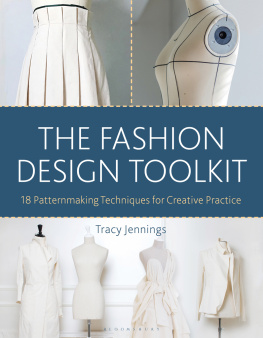

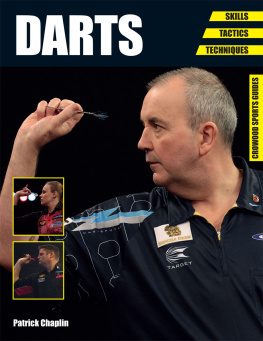
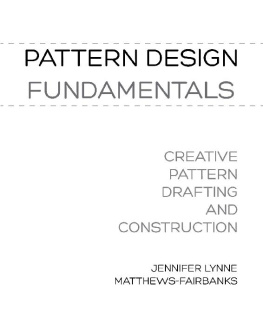
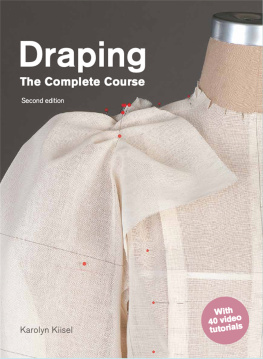
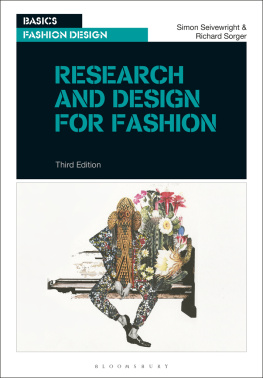
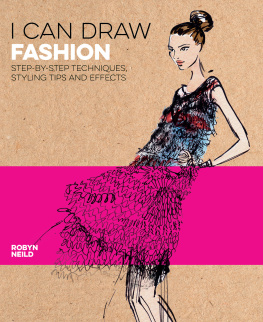
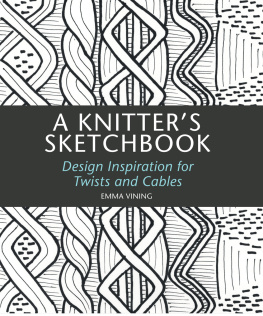
![Tracy Fullerton [Tracy Fullerton] - Game Design Workshop, 3rd Edition](/uploads/posts/book/119440/thumbs/tracy-fullerton-tracy-fullerton-game-design.jpg)




